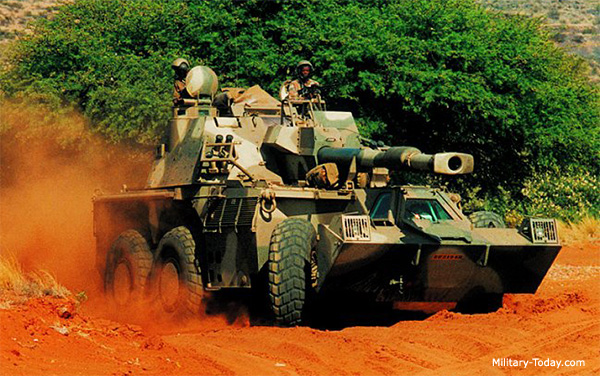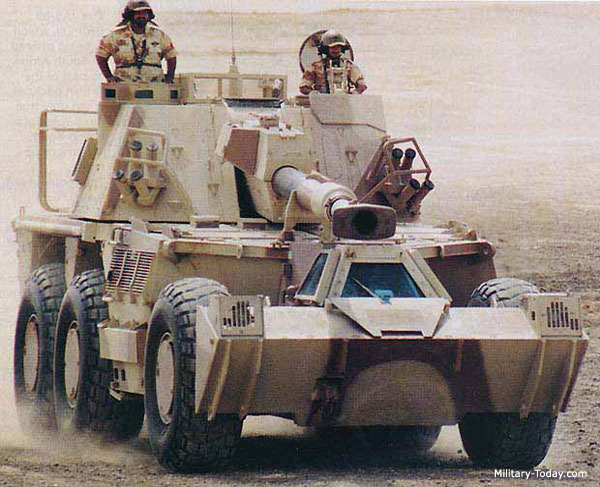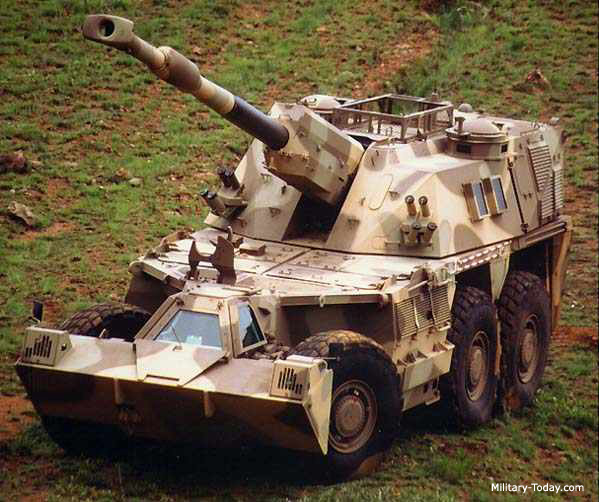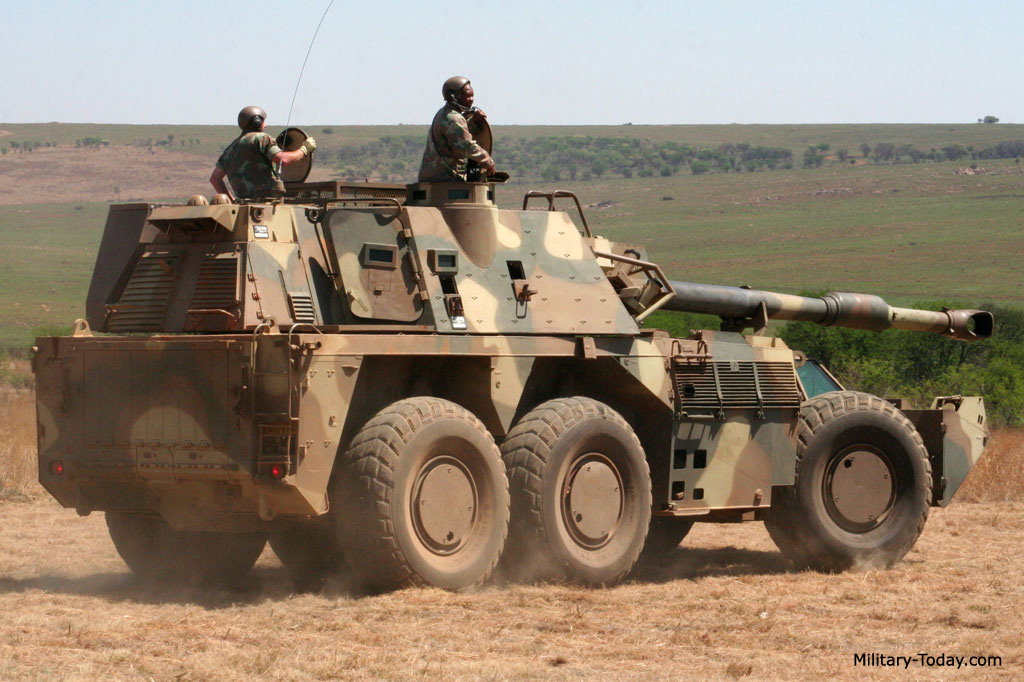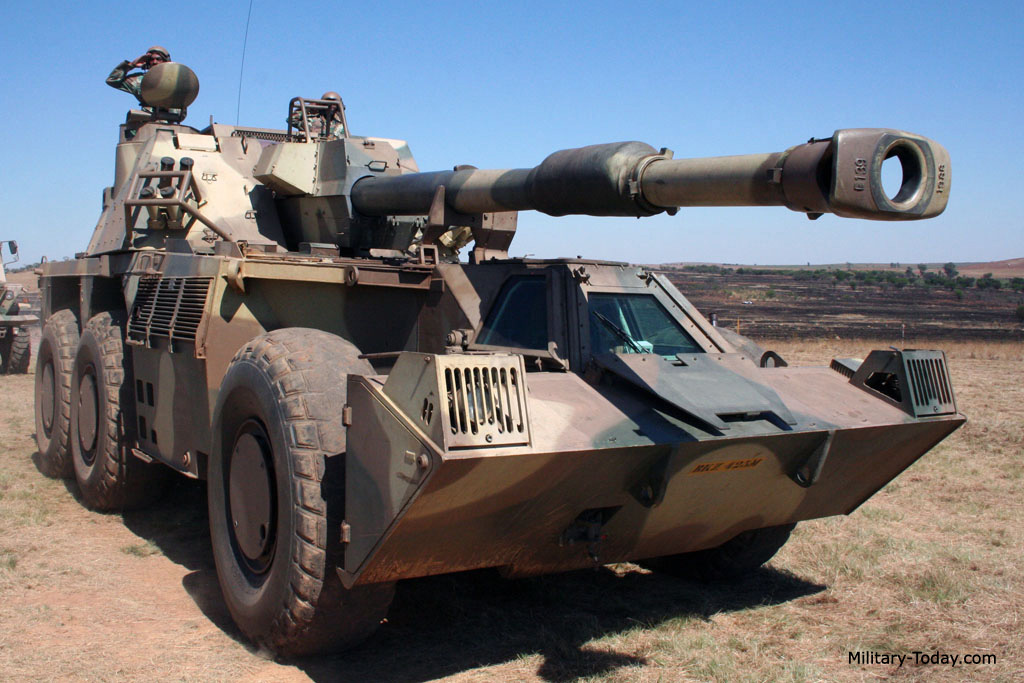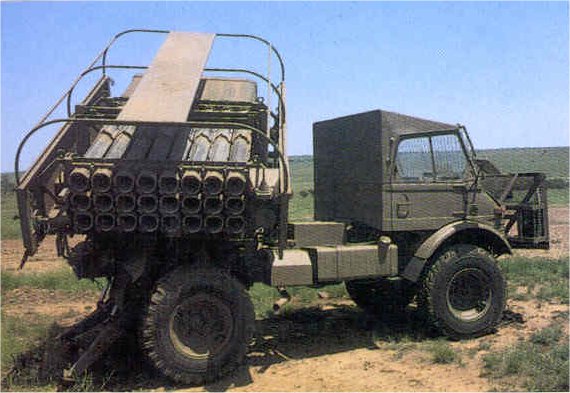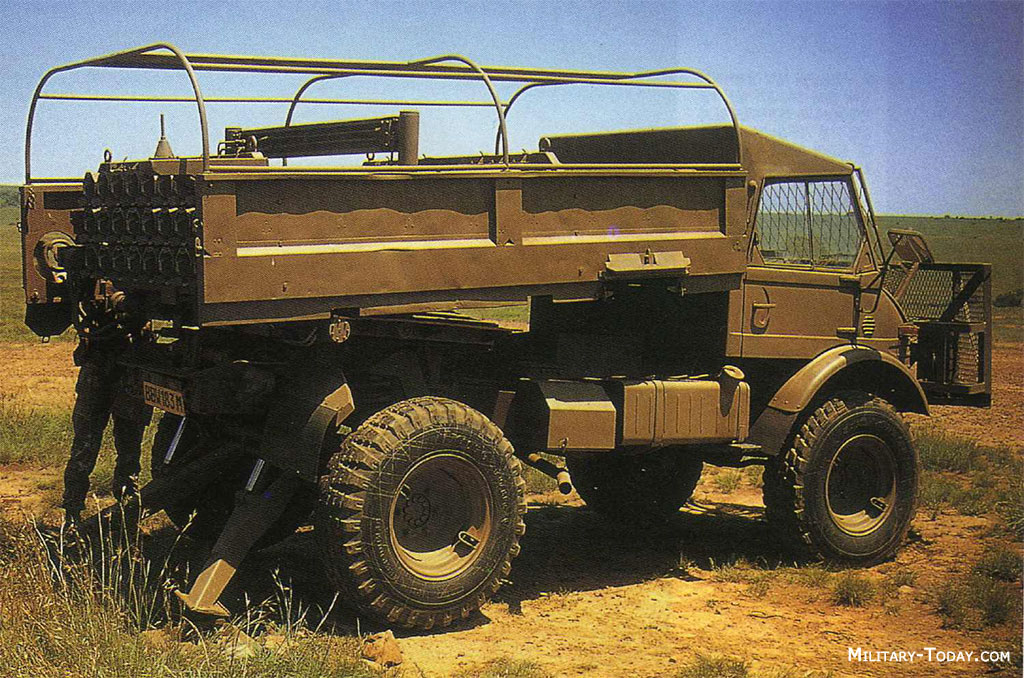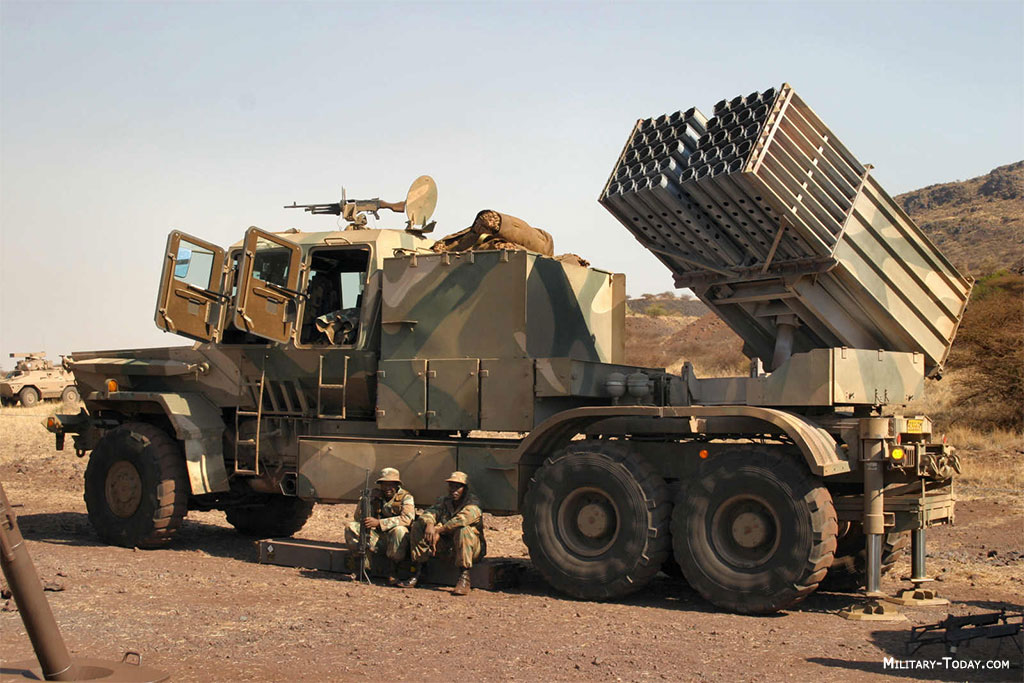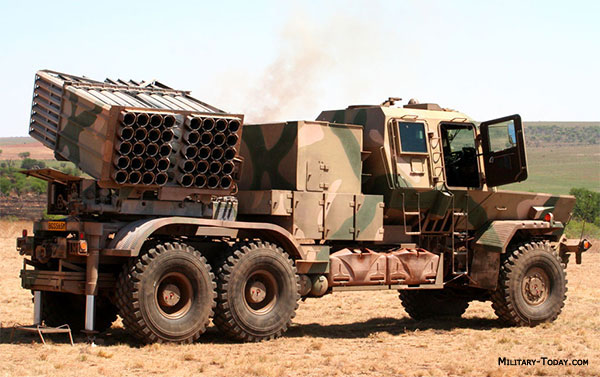رد: السعودية تطور صواريخ بالستية فتاكة وتشتري راجمات إفريقية
Pakistan and Saudi Arabia have concluded a secret agreement on "nuclear cooperation" that will provide the Saudis with nuclear-weapons technology in exchange for cheap oil, according to a ranking Pakistani insider.
The disclosure came at the end of a 26-hour state visit to Islamabad last weekend by Crown Prince Abdullah bin Abdulaziz, Saudi Arabia's de facto ruler, who flew across the Arabian Sea with an entourage of 200, including Foreign Minister Prince Saud Al Faisal and several Cabinet ministers.
Prince Sultan bin Abdul Aziz Al Saud, the pro-American defense minister who is next in line to the throne after the crown prince, was not part of the delegation.
"It will be vehemently denied by both countries," said the Pakistani source, whose information has proven reliable for more than a decade, "but future events will confirm that Pakistan has agreed to provide [Saudi Arabia] with the wherewithal for a nuclear deterrent."
As predicted, Saudi Arabia - which has faced strong international suspicion for years that it was seeking a nuclear capability through Pakistan - strongly denied the claim.
Prince Sultan was quoted in the Saudi newspaper Okaz yesterday saying that "no military agreements were concluded between the kingdom and Pakistan during [Prince Abdullah's] visit to Islamabad."
Mohammad Sadiq, deputy chief of mission for Pakistan's embassy in Washington, also denied any nuclear deal was in the works. "That is totally incorrect," he said in a telephone interview. "We have a clear policy: We will not export our nuclear expertise."
But the CIA believes Pakistan already has shared its nuclear know-how, working with North Korea in exchange for missile technology.
A Pakistani C-130 was spotted by satellite loading North Korean missiles at Pyongyang airport last year. Pakistan, which is estimated to have between 35 and 60 nuclear weapons, said this was a straight purchase for cash and strongly denied a nuclear quid pro quo.
"Both Pakistan and Saudi Arabia," the Pakistani source said, "see a world that is moving from nonproliferation to proliferation of nuclear weapons."
The Saudi rulers, who are Sunni Muslims, are believed to have concluded that nothing will deter the Shi'ite Muslims who rule Iran from continuing their quest for a nuclear weapons capability.
Pakistan, meanwhile, is concerned about a recent arms agreement between India, its nuclear archrival, and Israel, a longtime nuclear power whose inventory is estimated at between 200 and 400 weapons.
To counter what Pakistani and Saudi leaders regard as multiple regional threats, the two countries have decided to quietly move ahead with an exchange of free or cheap Saudi oil for Pakistani nuclear know-how, the Pakistani source said.
Pakistanis have worked as contract pilots for the Royal Saudi Air Force for the past 30 years. Several hundred thousand Pakistani workers are employed by the Gulf states, both as skilled and unskilled workers, and their remittances are a hard currency boon for the Pakistani treasury.
Prince Abdullah reportedly sees Saudi oil reserves, the world's largest, as becoming increasingly vulnerable over the next 10 years.
By mutual agreement, U.S. forces withdrew from Saudi Arabia earlier this year to relocate across the border in the tiny oil sheikdom of Qatar.
Saudi officials also are still chafing over a closed meeting - later well publicized - of the U.S. Defense Policy Board in 2002, where an expert explained, with a 16-slide Powerpoint presentation, why and how the United States should seize and occupy oil fields in the country's Eastern Province.
Several incidents have raised questions over the extent of Saudi-Pakistani cooperation in defense matters.
A new policy paper by Simon Henderson, an analyst with the Washington Institute for Near East Policy, noted that Prince Sultan visited Pakistan's highly restricted Kahuta uranium enrichment and missile assembly factory in 1999, a visit that prompted a formal diplomatic complaint from Washington.
And a son of Prince Abdullah attended Pakistan's test-firing last year of its Ghauri-class missile, which has a range of 950 miles and could be used to deliver a nuclear payload.
President Bush was reported to have confronted Pervez Musharraf over the Saudi nuclear issue during the Pakistani president's visit to Camp David this summer, and Deputy Secretary of State Richard Armitage raised the issue during a trip to Islamabad earlier this month, according to Mr. Henderson's paper.
"Apart from proliferation concerns, Washington likely harbors more general fears about what would happen if either of the regimes in Riyadh or Islamabad became radically Islamic," according to Mr. Henderson.
GlobalSecurity.org, a well-connected defense Internet site, found in a recent survey that Saudi Arabia has the infrastructure to exploit such nuclear exports very quickly.
"While there is no direct evidence that Saudi Arabia has chosen a nuclear option, the Saudis have in place a foundation for building a nuclear deterrent," according to the Web site.
*Arnaud de Borchgrave, editor at large of The Washington Times, is editor at large of United Press International as well.
http://www.globalsecurity.org/org/news/2003/031022-pakistan_saudi-arabia.htm


